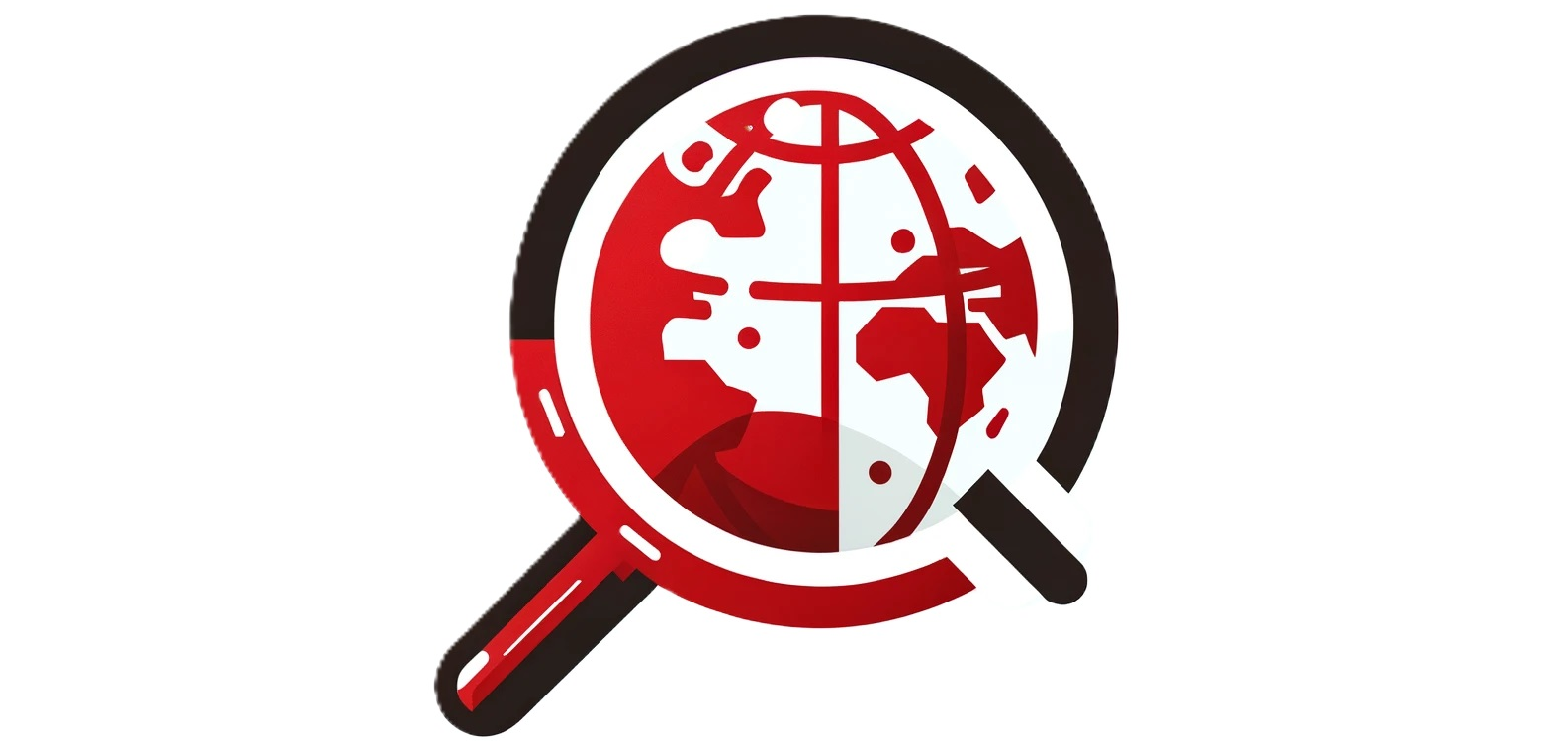The Machinery Directive 2006/42/EC is a European Union directive that governs the harmonisation of essential health and safety requirements for machinery within the EU market. The directive applies to nearly all machinery in the EU, even if the machinery was manufactured outside of the EU.
In this EU machinery guide, we’ll give you an introductory explanation of this important safety standard and explain how you can ensure compliance with the European machinery directive.
What Is the Machinery Directive 2006/42/EC?
The Machinery Directive is a European Union (EU) directive that sets out the minimum requirements for the health and safety of machinery. It came into effect on June 9, 2006, and became applicable on December 29, 2009. But has been updated at multiple occasions ever since.
- The directive applies to machinery in general, including its components.
- It covers all aspects of machinery, including design, manufacture, installation, operation, maintenance and more.
- It improves protection for EU workers and its citizens.
For more information about the EU Machinery Directive, click here to download the full EU machinery directive guide.
Why Is the EU Machinery Directive Necessary?
The European Union implemented Directive 2006/42/EC with two dual objectives.
Firstly, it is used to harmonise the health and safety requirements and introduce a high level of health and safety protection to prevent machinery from endangering people at work and European citizens. The directive established safety objectives for both distributors and manufacturers, requiring them to comply with strict European Union regulations related to machinery.
Secondly, it permits the free movement of machinery within the internal market in the EU.
What Products Are Covered by the European Machinery Directive?
The most basic definition of “machinery” in the machinery directive is:
“an assembly, fitted with or intended to be fitted with a drive system other than directly applied human or animal effort, consisting of linked parts or components, at least one of which moves, and which are joined together for a specific application.”
The directive covers both stationary and mobile machinery. Stationary machinery includes things like power presses, saws, and machine tools. Mobile machinery includes things like forklifts and cranes.
Below are some examples of the machinery included in the European machinery directive:
- Machinery
- Interchangeable equipment
- Safety components
- Lifting Accessories
- Chains, ropes and Webbing
- Removable Mechanical transmission devices
- Partly completed machinery (as defined in art. 2 of the Directive)
Are you importing importing machinery from China to EU market? Read our importing machinery guide for more information.
Which Products Are Exempted From the EU Machinery Directive?
Machinery Directive does not apply to all types of equipment, and some exempted from the directive includes:
- Safety components used as spare parts to replace identical components supplied by the manufacturer of the original machinery.
- Certain equipment used in amusement parks/fairgrounds.
- Machinery for nuclear purposes.
- Firearms and other weapons.
- Agricultural and forestry tractors, motor vehicles and trailers, and motor vehicles used for competition, as well as transportation on air, water, and rail networks.
- Machinery designed for police or military purposes.
- Machinery designed for research purposes.
- Mobile offshore units/seagoing vessels and machinery installed on them.
Instead, many of these exemptions have other directives, to name a few, Directive 2003/37/EC (for agricultural tractors), Directive 2002/24/EC (for vehicles).
How to Comply With the Machinery Directive (2006/42/EC)?
Any manufacturer or distributor selling their products in the EU market should uphold the directives outlined by the EU machinery directive, as it is an essential requirement. Failing to comply with these requirements can incur heavy fines and result in product recalls.
1. Check if Your Product Applies to the Machinery Directive
The first step is to check what what requirements applies for your machinery, and ensure it meets the safety standard set by the machinery directive.
2. Declaration of Conformity
Manufacturers must provide a declaration of conformity and affix the CE marking to their machinery. The declaration of conformity typically has the same layout and content across directives, but it may differ slightly per directive. It will include:
- The address and name of the manufacturer.
- The description/serial number of the equipment.
- Reference to the relevant standards and specifications.
- Details of the signatory.
- The two last digits of the year at the end of the CE mark affixation.
Manufacturers can declare conformity with the directive themselves. However, certain types of machinery with a higher risk factor will require notified bodies to be involved in the conformity assessment procedure. There are 23 exceptions in the annex IV category subject to special assessment procedures.
Apart from this, Directive 2006/42/EC will also require relevant technical documentation, and multiple directives may apply to your machinery – not just the machinery directive.
Does the Machinery Directive Still Apply in the UK?
The Machinery Directive is a European Union directive, and as the UK has effectively left the EU, a natural question is whether or not the directive still applies in the UK.
The EU Withdrawal Act 2018 preserved the regulations, so that it continued to function in the UK. Meanwhile, the UK resolved deficiencies that arose from the country leaving the EU (click here for more information)
However, the reference standards in the UK is now the ‘Supply of Machinery (Safety) Regulations 2008’. All EN standards currently referenced will become the BS equivalent, and the manufacturer must ensure that the technical requirements have been met.
Conclusion: An Introduction to the Machinery Directive 2006/42/EC
The Machinery Directive 2006/42/EC is a European Union regulation which lays down the requirements for the health and safety of machinery. It applies to nearly all machinery in use or intended to be put into service in an EU member state. No matter where it has been manufactured.
Ensuring compliance with the EU machinery directive can be quite complex, as it contains many aspects and pieces of legislation. At AQM BD, we have years of experience helping our clients with the most complex products to ensure compliance to regulations. We are your on-stop-shop for a wide range of services, including CE-marking, laboratory testing, consultancy services and more. Contact us if you need help to gain full compliance and access to the EU marketplace.






